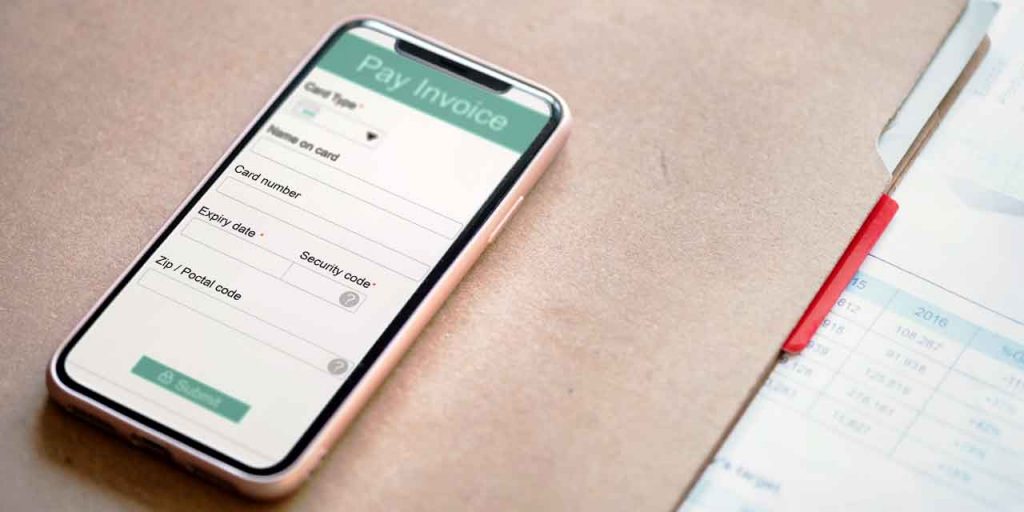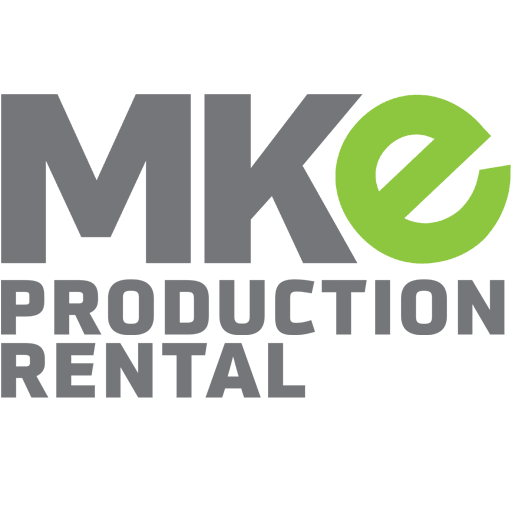If you’ve finished your first gig in video production, chances are the producer has asked you to send an invoice. It can seem complicated at first, but it’s actually really simple. Here’s what you’ll need to know to create a video production invoice, whether you’re working as a production assistant or anything else.
Video production companies need invoices so they can keep track of production expenses. Since you’re not a salaried or hourly employee, you’re considered a contractor. Your payment probably won’t be a payroll payment with payroll taxes and other expenses taken out. Instead, it will be a lump sum, similar to how you pay a plumber, cleaning service, or other business. Your invoice is basically a receipt for their records, and a reminder that they need to pay you.
Invoices are pretty easy with a program like QuickBooks, or you can make your own invoices for free using Google Drive whatever else you’re comfortable using. Remember, just because you’re invoicing doesn’t mean you don’t have to pay taxes on your income. Talk with your tax professional about your potential tax liability, especially when you’re just getting started!
A good invoice should have all of the following information on it:
- Your name, or if you’ve incorporated, your company name.
- Your mailing address for checks, tax paperwork, and other correspondence.
- An invoice number, for your records. I usually number my invoices starting with the year (Invoice 2014-01, 2014-02, etc.) for simplicity later.
- The name of the business or person that you’re invoicing. Usually I put the company name, followed by ATTN: and the individual who handles payments and accounting.
- A project number or purchase order number from your client. If they don’t provide one, put a short description of the project here, so accounting knows where to put your charges
- A due date. The standard due date for most video production invoices is 30 days after the invoice has been sent. This is sometimes called “net 30”
- The date the invoice was prepared.
- A detailed listing of charges. Usually I suggest using columns to list items in a table
Date Item Units Unit Cost Line Total
Often, you’ll be billing a day rate, but sometimes you’ll need to bill hourly, or add line items for overtime, parking, etc. - A subtotal line
- Any additional lines needed, like tax, discounts, etc. In some states, you might not need to charge sales tax on your labor. If you do, or if you’re charging sales tax for rented equipment or other items, you’ll need to get a certificate allowing you to do so.
- A total line. I suggest putting this in bold.

If you want to be sure your payment is processed ASAP, it can help to include a completed W9 form. Download it, print it, fill it out, scan it and you can send the same one with all your invoices. You can use the same W9 whether you’re a production assistant, camera operator, videographer, or have any other job on set.
Pay attention to what the producer asks for. Your expenses may need to be invoiced separately, and you may need receipts. These days, 99% of my invoices are electronic as a PDF, but sometimes, people want a hard copy mailed to them. If you don’t get your payment in 30 days, send them a reminder invoice and let them know you still haven’t received payment. Always be nice! Assume they forgot to send a payment, even if they’re avoiding your calls.
Here’s a sample invoice in a few common formats: PDF Excel OpenDoc
Once you’ve got more than a few invoices, it might make sense to use a bookkeeping program, so you can run reports, manage unpaid invoices, and keep track of everything. Remember to keep your forwarding address information current, because many video production companies will send you tax documents in January, up to 13 months after you’ve completed working for them.
Good luck and happy billing!
Posted by Jon Kline




